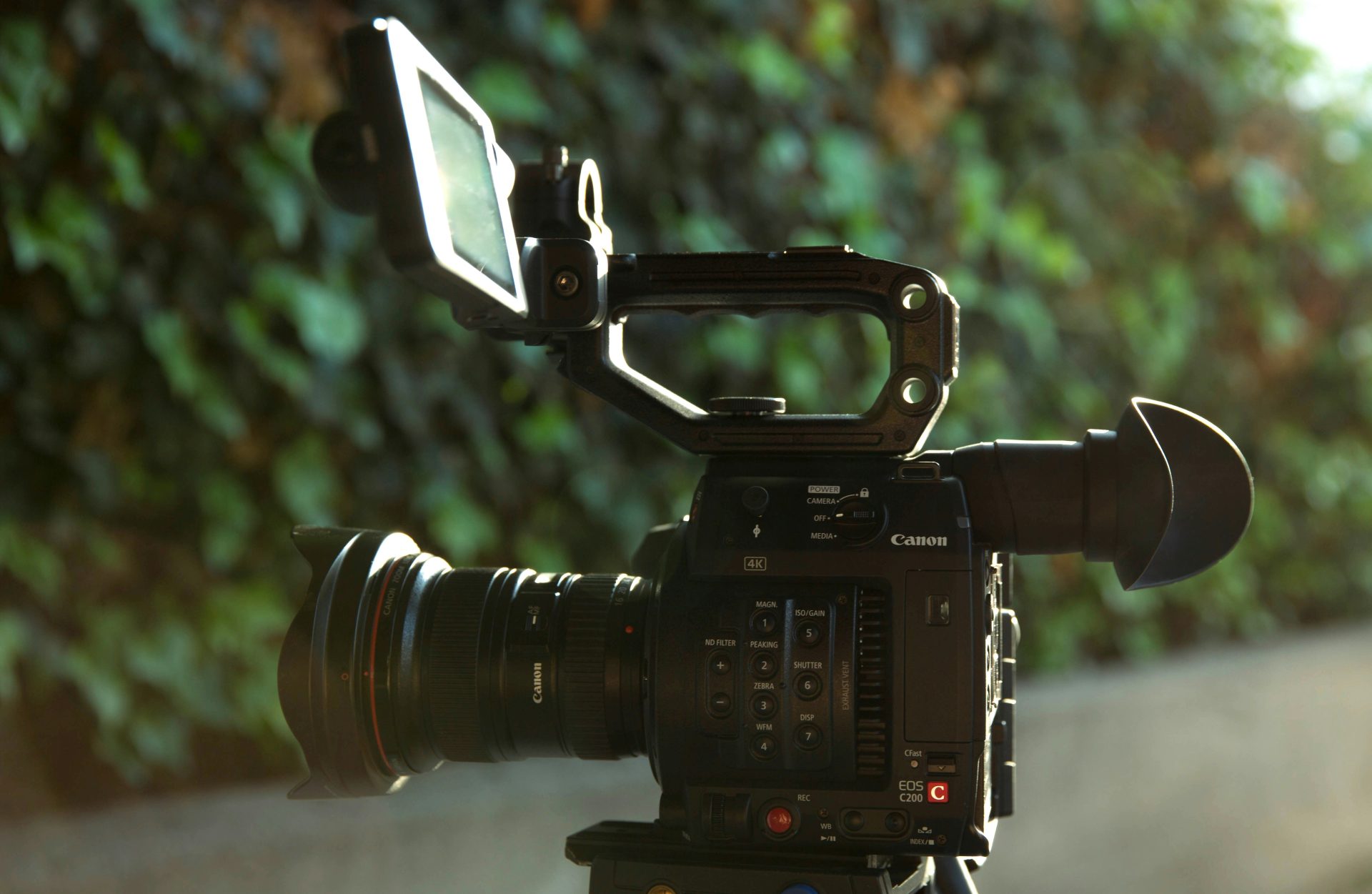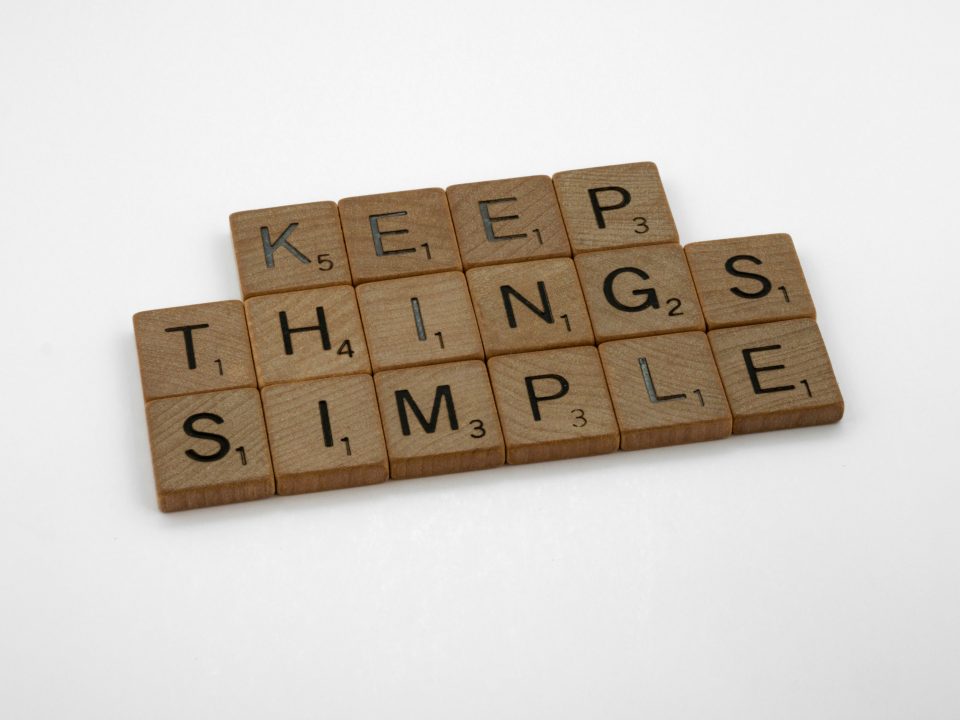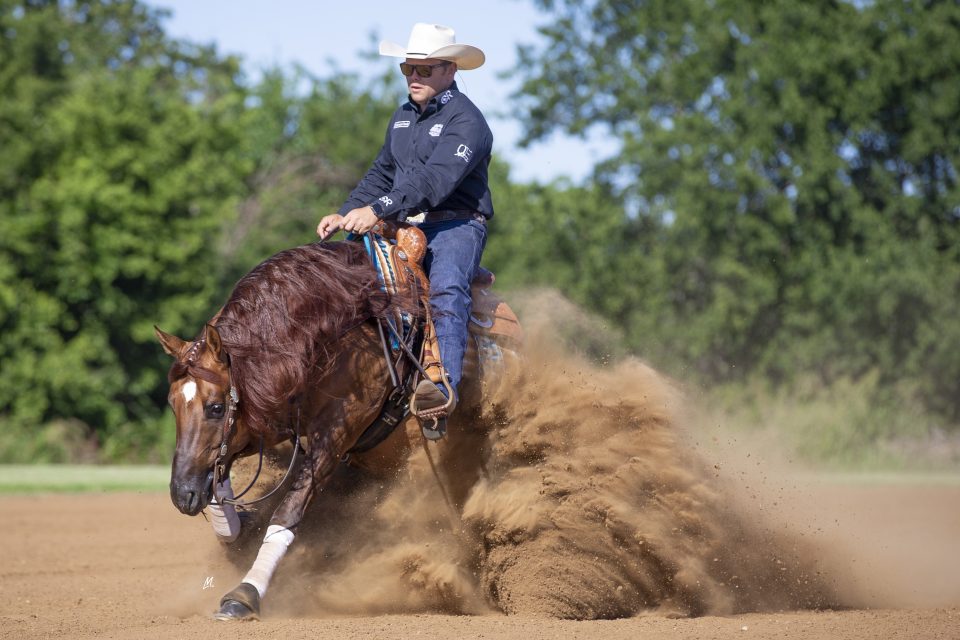When faced with voice recorders and cameras, it can be tough to get the words out right. But it’s critical to show respect for your horse and the sport of reining every time you’re in the media spotlight.
By Jennifer Paulson

You did it! You won a major or large event. The hard work, time, and effort have paid off, and you and your horse are in the spotlight being showered with applause and awards. After the win photo comes the interviews—voice recorders pop up all around you, cameras focus on you, and the microphone is front and center. It’s an easy time to get wrapped up in the adrenaline and say whatever comes to your mind first. But when you’re in the limelight, carefully choosing your words can make a world of difference for your career, your business, your horse, and your sport.
With fall’s championship season upon us, from the High Roller Reining Classic to the All American Quarter Horse Congress to the NRHA Futurity and Adequan® North American Affiliate Championships, these next few months host some of the biggest stages reining finds itself on throughout the year, all around the world. This also means media will be present and excited to talk to you about your horse, the training process that got you there, and how your horse performed—including any possible pitfalls, unexpected problems, and health issues that could’ve kept you out of the winner’s circle.
Read through these tips to prepare for when you’re under pressure to answer tough questions from the media. Thinking ahead can mean the difference in highlighting your program and the sport and seeing opportunities disappear right in front of your eyes.
Part 2: Do Some Prep & Remember As Much As You Can
Best Foot Forward
When a journalist schedules a time to work with you at your barn or at a show, do your best to be ready on time, with your place clean and prepared (moving equipment away from the arena, preparing your ground, etc.) and your horse bathed and saddled—even warmed up, if possible. Once you’re in the saddle, remember it’s not a schooling session. The photographer/journalist is there to cover predetermined topics. They can accommodate do-overs and retakes, but they don’t want to wear out your horse any more than you do.
Keep in mind that an overly sweaty horse or one that’s getting resentful doesn’t look good in the arena nor in photos that’ll appear in major magazines or digital spaces.
Giving the best impression also lies in how you present yourself. If you’re seated, sit up straight, exude approachable confidence, and focus on your interview. Take deep breaths when you need to, pause to collect your thoughts, and don’t rush. Ditch the chewing tobacco or cigarettes before the interview—especially if you’re on camera.
When they’re not at an event or if they want to use you as a resource for a non-event article, a media rep will call or text you to set a time for an interview. Equine media understand that horse trainers’ schedules are hectic and unpredictable. They’ll often schedule to speak with you at your convenience, forgoing their usual office hours. They’re even understanding of the need to reschedule—a couple times.
In return, do your best to respond quickly to an interview request, stick to the agreed-upon time, and don’t blow it off or ghost the media rep. Pushing interviews off to later times reduces the interviewer’s time to produce the final product and can reduce the time you have in the end to approve of the piece—or eliminate that opportunity altogether.
Read the rest of this article at the links above.



